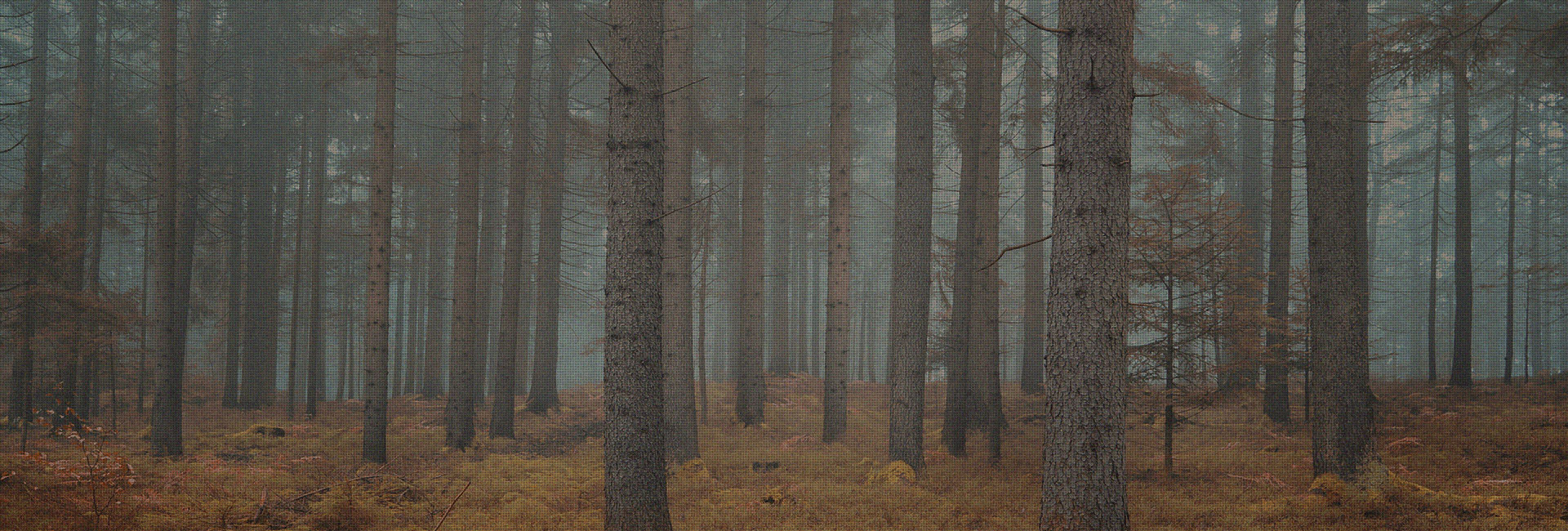
Lunawood manufacturing process
Thermal modification of wood is a clean and ecological means to improve the properties of the wood. Only high temperatures and steam are used in the process, which makes the final product completely natural and chemical-free.
In thermal modification wood is treated with high temperature (+185 to +212°C). Water vapour is used as a protective gas and heat conductor that enables heating to wood beyond its auto-ignition temperature. The processing enables the properties of the wood to be modified to meet to the requirements of various uses. Varying the process allows the production of just those properties that are required in the end product. The treatment enhances various properties of the wood including dimensional stability, thermal insulation capability, resistance to decay, reshaping properties, and hygiene.
Thermal modification of wood can be roughly divided into three phases. During the first phase, the temperature of the wood is raised and it is dried. The second phase is the actual thermal modification of wood, during which the moisture content of the wood reduces close to zero and the temperature is at its highest. The maximum temperature and duration of the treatment is chosen based on the desired properties. Finally, the treated wood is cooled down and moisturized to the desired level.
Lunawood is a durable choice
Wooden outdoor structures must withstand the forces of nature. Untreated wood will not last in conditions in which it is exposed to moisture, heat, and oxygen because it reacts to changes in the moisture content of the surrounding air. This will lead to cracking and decay. Thermowood is capable of maintaining its size and shape and resisting mould and decay in conditions in which the properties of untreated wood are insufficient. Thermowood should always be coated in accordance with its intended use.
Dimensional stability
Lunawood maintains its size and shape extremely well. Lunawood Thermo-D pine reacts 40% less to changes in the moisture content of the surrounding air width-wise than corresponding chemically treated wood.
Weather resistance
In natural conditions, Lunawood’s moisture content is roughly half that of untreated wood. Ultraviolet radiation causes less cracking in Lunawood than in untreated wood. UV radiation causes the original colour of the wood to fade. To maintain the original colour, it is recommended that the wood is treated with a method that protects it from UV radiation.
Thermal insulation
Lunawood Thermo-D pine’s thermal insulation capability is roughly one fourth higher than that of untreated pine. This is reflected in lower energy consumption: there is less need for heating in a cold climate, and less need for air conditioning in hot conditions.





